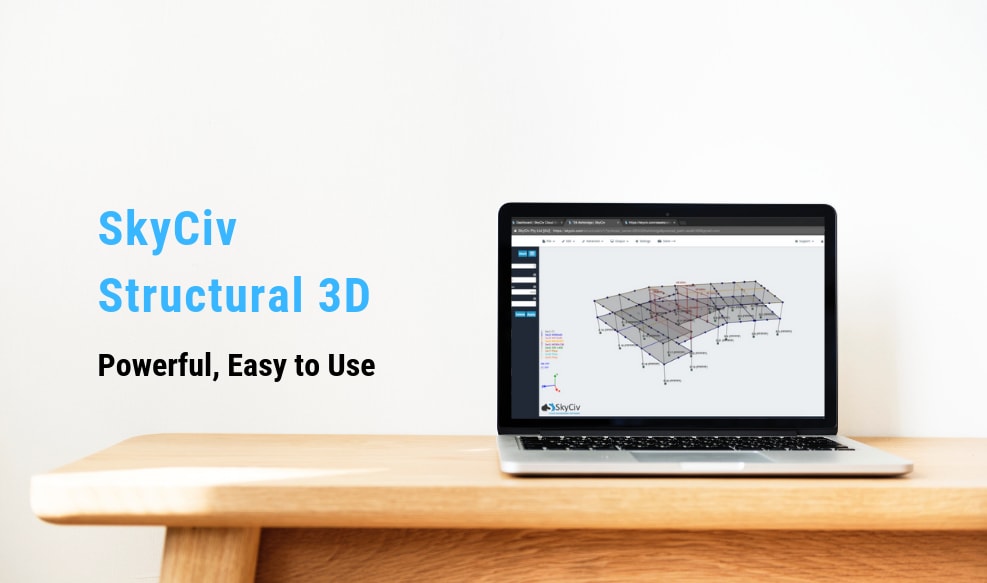Defining Structural Analysis
Structural analysis is the process of calculating and determining the effects of loads and internal forces on a structure, building or object. Structural Analysis is particularly important for structural engineers to ensure they completely understand the load paths and the impacts the loads have on their engineering design. It allows engineers or designers to ensure a piece of equipment or structure is safe for use under the estimated loads it is expected to withstand. Structural Analysis can either be performed during design, testing or post-construction and will generally account for the materials used, geometry of the structure and applied loads.
Structural Analysis usually looks at individual structural elements, and the forces they undergo. A structural engineer will look at the structural analysis results for beams, slabs, cables and walls. All of these elements have forces applied to them, such as wind loads, dead loads (like self weight) and live loads (like people or vehicles). So it is important for the engineer to review how each of these elements behave under these loads. This is the core focus of structural analysis.
What are the types of Structural Analysis?
There are various methods used to perform structural analysis, depending on the level of accuracy required by the engineer. We can define structural analysis as being any of the following methods:
1. Hand Calculations

Hand Calculations in Structural Analysis
Simple hand calculations are an extremely fast and easy way to evaluate the effects of simple forces on simple structures. An example would be calculating the bending moment forces on a horizontal beam. These back of the envelope calculations are standard practice in civil engineering, for those who do not wish to spend long hours designing the structure - but rather wish to know the rough forces a beam will undergo due to applied loads. Our structural engineering tutorials have some fantastic tutorials on how to perform some simple structural analysis using hand calculations.
2. Finite Element Analysis

Finite Element Analysis (FEA)
Finite Element Analysis (FEA) is a complex numerical method used to solve complicated problems which contain a number of variable inputs such as boundary conditions, applied loads and support types. It is a far more complicated, yet accurate method to run structural analysis compared to hand calculations. FEA requires that the structure is broken up into smaller parts (or elements) which can be evaluated individually for a more accurate estimate of the solution. This can be an extremely difficult and time consuming process to set up and run. It is common that an FEA model will comprise of matrices thousands of entries - making it pretty much impossible to be evaluated by human calculations. If you want to learn more about this then explore our stiffness method calculator to gain hands-on experience and a deeper understanding of how this works. FEA is an extremely powerful and accurate method of structural analysis and is the backbone of most Structural Analysis Software.
3. Structural Analysis Software

CEO and Co-Founder of SkyCiv
BEng (Civil), BCom



